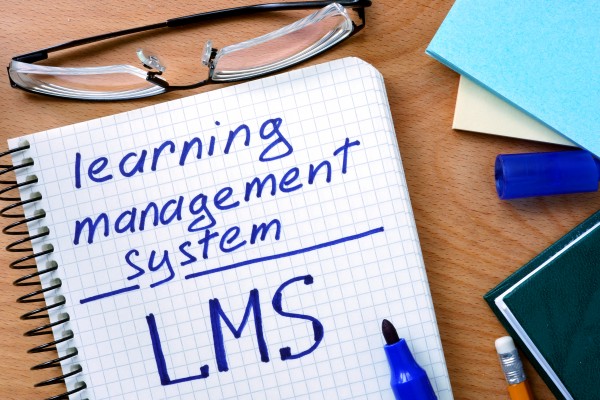Learning Management Systems (LMS) are the current trend in online learning and training for employees of an organization. The benefits that a company expects from an LMS program surpasses the cost of installation and training significantly. Apart from enhancing the skills of your employees, an LMS also makes sure that the productivity is increased and the expenditure is reduced notably by streamlining different corporate practices.
In the age of digitization, an LMS software is gaining traction because of various reasons, such as:
1. The training continues 24*7
The scheduling limits in an LMS software is barred only to the determination of the employee because the courses and lessons are available 24*7 on the digital portal; accessible with a unique id and password anytime, anywhere. The employees benefit more from an LMS directly because they can visit and revisit the lessons as many times as they want, without being worried about embarrassment; however, the HR is supposed to upload engaging content and accurately assess employee performance reports to make sure that the training goals are achieved within fixed deadlines.
2. Don’t be burdened with questions related to training costs
The HR is questioned several times by the senior management regarding training costs because employee training is an expensive, yet necessary proposition and most often than not, the results are not desirable. The inefficiency of training programs is caused due to low training budgets allocated by the organization, which provokes the HR to either settle for low-quality training content or schedule fewer lessons in a year.
What does a training program cost include? The answer is straightforward, i.e., the fees of the trainer, venue charges, transportation costs, content charges, equipment costs, and other miscellaneous expenses. This is where LMS steps in to help the HR. It is a low-investment deal because this online-based training program can be utilized by HR to train employees globally without incorporating additional travel or venue expenses. Every employee sits in front of a desktop/laptop nowadays, which means that they can access the lessons anytime, from anywhere in the world. The cost is less; the results are more!
Also read: New Technologies for Employee Training
3. Higher employee productivity
Productivity is all about knowledge, efficiency, and expertise. Many employees fail to achieve their monthly targets because they are not appropriately trained. E.g., How can a salesperson sell a product or service without knowing everything about it or if he is not informed about the latest modifications in it? Real-time training is essential to ensure that every employee understands the significance of modifications and knows how to utilize them in his/her work. LMS programs make sure that all employees are up-to-date with the products’/services’ information and know how to achieve their targets efficiently. This increases employee productivity significantly, and when the senior management appreciates an employee who can take a training challenge well, then it boosts the confidence and dedication of the employee; encouraging him to work more willfully for the organization.
4. Track trainee progress
Accurate evaluation is the key to training progress. Many organizations lack efficient evaluation methods, which are responsible for inefficient employee training. The traditional training methods, where a trainer was responsible for teaching the employees and evaluate their progress was not as accurate as tracking the progress with the help of an LMS software. A well-designed LMS tracks employee progress, records their performance, evaluates it with the help of preset parameters and then sends it to the senior management for further evaluation and observation. This method helps the management identify talented employees, typical weaknesses of their employees and also aids the appraisal cycle.
5. Diverse learning options
The traditional employee training method relied only on text and pictures; however, the digital aspect of an LMS program diversifies the learning options, i.e., podcasts, video conferences, audio lessons, written document, etcetera. It enhances the learning experience and helps the employees choose the lesson type they want to go forward with. You can explore LMS software for your company with LMS consulting and get a free LMS quote.
6. One-stop platform for All the content
Tired of managing the course files and performance reports? Taking up too much space in your office? Well, an LMS is a better option because it is a one-stop platform for all the content. Yes, you can save and store all your training content on the LMS software and access it whenever you want. It will not only decrease the chances of valuable data getting lost but will also make it accessible for everyone in the management. Thus, LMS ensures security, improves accessibility and saves office space efficiently.
Conclusion
LMS ensures promising results to corporates because it is a powerful training tool which requires fewer efforts in the long run. The cost-saving feature will pull away from the many excuses that small-and-medium-sized organizations make related to budget constraints on training their employees. The return on investment that LMS offers has made it a corporate-favorite software application to work with. Now you can be better than the best in your industry, all with some initial training efforts and an effective LMS program.
Image via Depositphotos.com






Leave A Comment